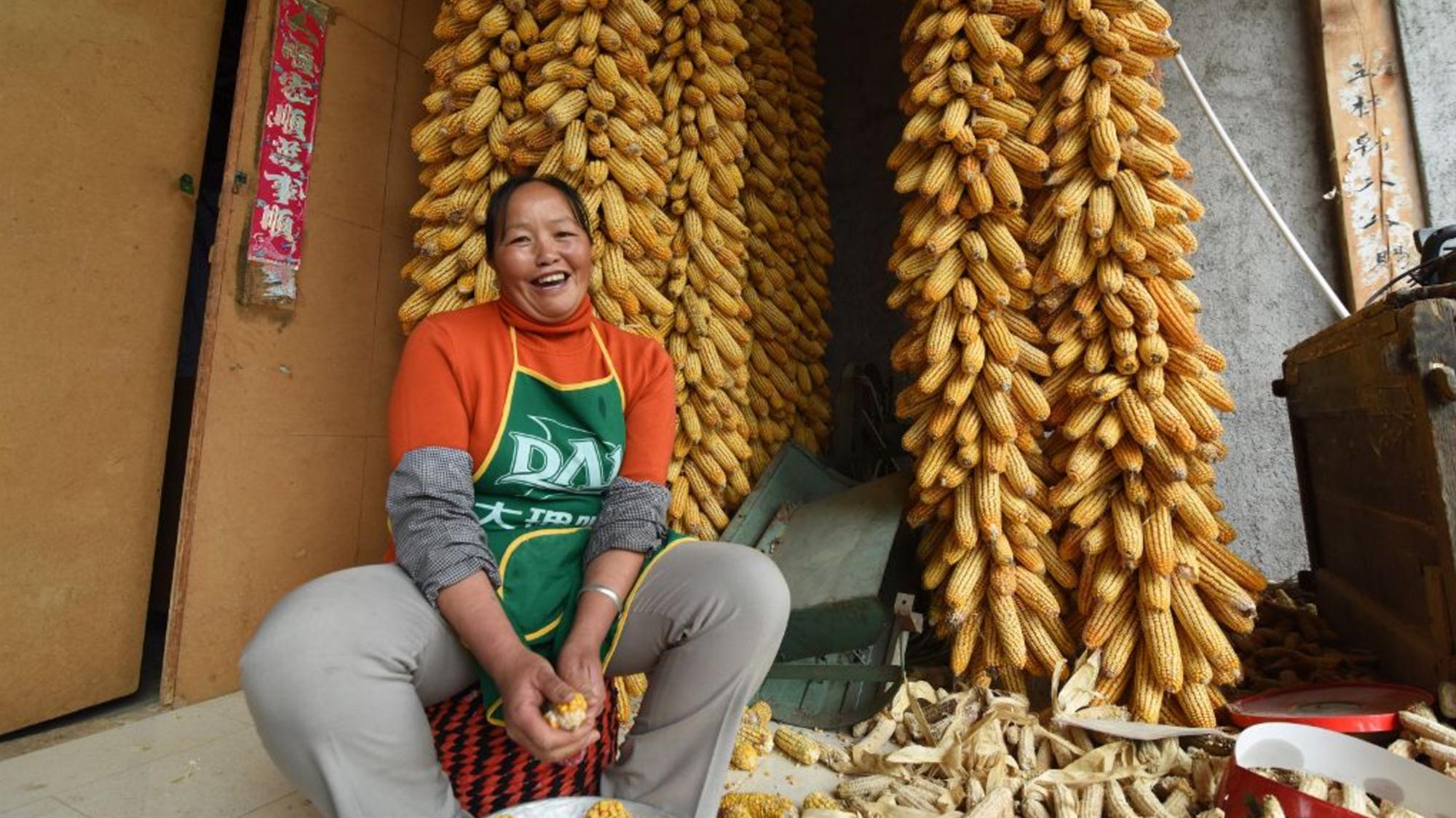The Asian Development Bank (ADB) has approved a US$450 million investment programme to promote cross-border economic activities between China’s Guangxi Zhuang Autonomous Region and northern Vietnam. The programme will focus on developing the North-South Economic Corridor (NSEC) under the Greater Mekong Subregion (GMS) Cooperation Program, according to a news release issued by the ADB.
“The investment programme is designed to develop a long-term partnership with the Guangxi Zhuang Autonomous Region to promote regional cooperation and integration,” said Yuebin Zhang, ADB’s senior regional cooperation specialist. “It will particularly focus on assisting private sector business in border areas and beyond in [China] and neighbouring Vietnam through improved cross-border connectivity that will also create jobs and raise incomes for local residents.”
Guangxi’s border areas with Vietnam are key areas for development of regional cooperation. Although Guangxi’s international trade has tripled in five years from US$17.7 billion in 2010 to US$51.3 billion in 2015, it has not substantially benefited local residents in the border areas. Vietnam is the province’s biggest trade partner, with trade passing mainly through the key border crossing points of Dongxing, Longbang and Pingxiang. The investment programme will help promote cross-border economic activities through a number of parallel efforts.

The programme will support expansion of small- and medium-sized enterprises (SMEs) in border areas, where they have been limited by lack of access to credit, market information or skilled staff. The programme will offer better services to SMEs such as business networking, market and technology information, and improved training for local and Vietnamese workers.
At the same time, to improve costly, risky and time-consuming cross-border financial transactions, the programme will develop financial service centres in Dongxing and Pingxiang to provide one-stop services for currency swaps, payments, and settlements.
The programme will also create a common platform for cross-border e-commerce to link suppliers and buyers of agricultural products; for example, the programme will provide networks, data centres and other supporting infrastructure.
These efforts will be supplemented by the development of roads, checkpoints, water supply and sewage treatment facilities, and improved trade centres in the border economic zones.
The programme will be supported through a series of three loans totalling US$450 million to be implemented over an eight-year period. These ADB loans will be supplemented by the government’s contribution of US$730 million, to finance the US$1.18 billion programme.
At the same time, the ADB has approved a US$106.51 million loan to support the development of the five Vietnam Development Triangle Area (VDTA) provinces of Binh Phuoc, Dak Lak, Dak Nong, Gia Lai and Kon Tum through road rehabilitation and capacity development efforts to boost tourism and transport connectivity as well as domestic and international trade.
The project is in line with the Cambodia-Laos-Vietnam Development Triangle Area’s (CLV-DTA) objectives of efficiently facilitating the flow of goods, people and investment while accelerating economic growth within VDTA provinces.
“Development efforts are more effective and efficient if we work together,” said Arto Ahonen, senior transport specialist at ADB’s Southeast Asia regional department. “This project’s road investments will expand economic opportunities to benefit everyone, with the tourism component benefiting the poor, especially ethnic minorities and women.”

Despite being the largest agricultural producer in the CLV-DTA, the five target provinces still face development challenges due to slow growth, widening inequalities, and low competitiveness. Transport connectivity within the VDTA provinces and across borders with Cambodia, Laos and Vietnam are inadequate and compounded by a lack of capacity to design and implement development strategies while improving critical infrastructure.
Ethnic minorities make up a third of the over-5-million total population of the five VDTA provinces. Due to limited access to economic and social opportunities, these communities have an average poverty rate of 19% against the national average of about 6% for all ethnic groups.
Enhancing the tourism sector and facilitating trade will be key to helping these communities. The project will directly benefit about 225,000 people, including 12,400 ethnic minority beneficiaries of tourism subprojects.
The project will upgrade 236.7 kilometres of national and provincial roads in the five provinces, as well as 26.6 kilometres of strategic roads linking the VDTA to border crossings with Cambodia and Laos. As well as boosting trade and transport, the project will enhance road-safety awareness among at least 32,000 vulnerable road users by the time of its estimated completion at the end of 2022.
An action plan will also be prepared to incorporate gender, ethnic minority, climate change and environmental aspects into the project outcomes, the ADB said in the release.
Asia Cargo News




